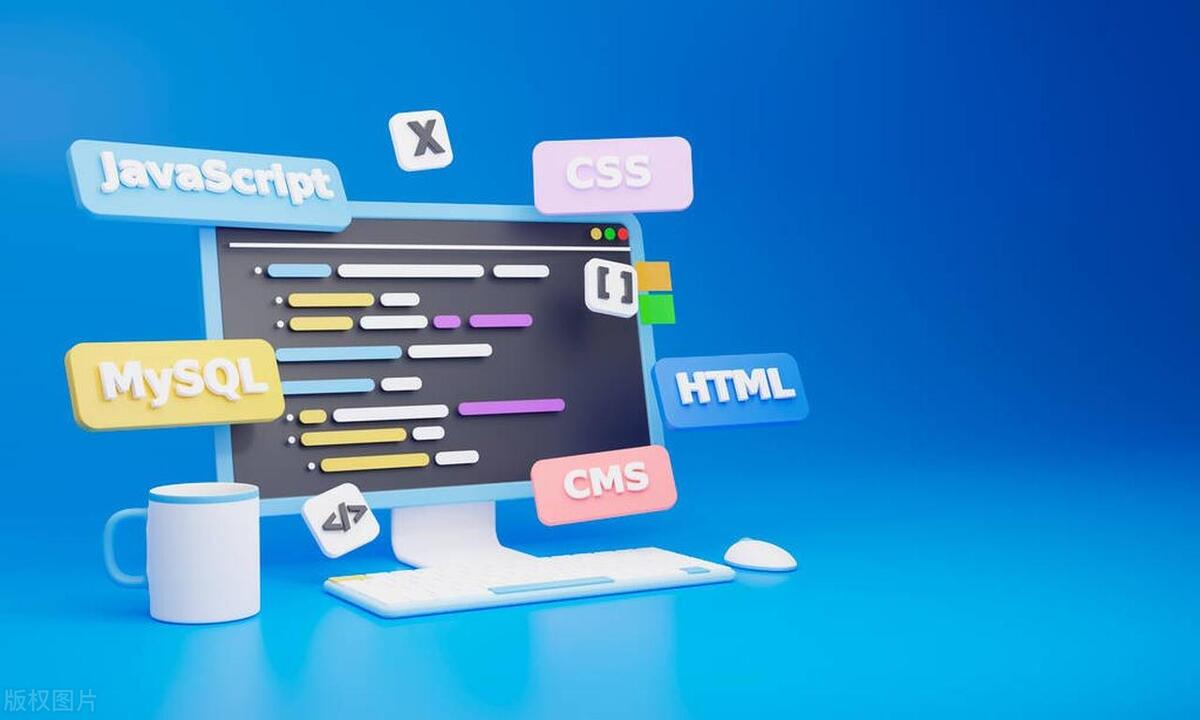Common methods and tools for front-end debugging include: 1. Use browser developer tools to troubleshoot basic problems, including viewing and modifying DOM structure, debugging JavaScript code, and viewing network request details; 2. Use console output and logs to track problems, such as using different levels of logs, grouping output, formatting output; 3. Use debugger breakpoints to deeply analyze, support single-step execution, entry of functions, and jumping out of functions; 4. Use special debugging auxiliary tools, such as React Developer Tools, Vue Devtools, Lighthouse, and Redux DevTools. Mastering these techniques can effectively improve debugging efficiency and code quality.

Front-end debugging is an indispensable part of the development process, especially when facing complex modern web applications. It not only helps us quickly locate problems, but also improves code quality and user experience. Mastering some commonly used debugging techniques and tools can help you achieve twice the result with half the effort in development.

Use browser developer tools to troubleshoot basic problems
Browser Developer Tools (DevTools) are one of the most basic and powerful debugging tools. Mainstream browsers such as Chrome, Firefox, and Edge all have built-in complete DevTools, covering element review, network request monitoring, JavaScript debugging and other functions.
- View and modify the DOM structure : You can view the page structure in real time in the "Elements" panel and temporarily modify the style or content to test the effect.
- Debugging JavaScript code : set breakpoints through the "Sources" panel, execute the code step by step, observe variable changes, and find logical errors.
- View network request details : Under the "Network" tab, you can see all resource loading conditions, including status code, response time, request header and other information, which is suitable for troubleshooting interface problems.
It is recommended to use shortcut keys to open DevTools, such as F12 or Ctrl Shift I , which will be much more efficient after using it skillfully.

Track issues with console output and logs
console.log() is the easiest way to debug, but it is easy to get confused in large projects. You can work with other methods to make the log more organized:
- Use different levels of logs :
console.warn()andconsole.error()to distinguish warnings and error messages. - Group output : Use
console.group()to classify the relevant logs for easy reading. - Format output : For example,
console.table()is used to show that arrays or objects are clearer.
If the project is large, you can also introduce lightweight log libraries like loglevel to control log levels in different environments to avoid outputting too much information after going online.

In-depth analysis with the help of debugger breakpoints
When the code logic is complex or there are many asynchronous operations, it is difficult to find problems based on logs alone. At this time, you need to use breakpoints for line-by-line debugging.
- Find the corresponding JS file on the "Sources" page of DevTools and click the position before the line number to set the breakpoint.
- The page will be paused when it runs to this line. You can view information such as call stack, scope variables, listening expressions, etc. on the right.
- Supports single-step execution (Step Over), entry function (Step Into), exit function (Step Out), etc.
Some IDEs (such as VS Code) also support linkage debugging with the browser. After configuration, you can directly break points in the editor for a smoother experience.
Improve efficiency with dedicated debugging assistance tools
In addition to the browser's own tools, there are also some third-party tools that can help you better debug front-end projects:
- React Developer Tools / Vue Devtools : If you are using React or Vue framework, these extensions can let you see key information such as component trees, props, state, etc.
- Lighthouse : Integrated in Chrome DevTools, it can not only detect performance, but also check accessibility, SEO and other issues.
- Redux DevTools (for Redux projects) : You can play back actions and view the changes of state, which is very suitable for debugging state management issues.
Most of these tools are free and easy to install, and it is recommended to choose the right tool combination based on the project type.
Basically these commonly used methods and tools. Front-end debugging seems simple, but it still requires experience and patience to use it well, especially some boundary conditions and asynchronous problems, which often require a combination of multiple means to solve it.
The above is the detailed content of Frontend Debugging Techniques and Tools. For more information, please follow other related articles on the PHP Chinese website!

Hot AI Tools

Undress AI Tool
Undress images for free

Undresser.AI Undress
AI-powered app for creating realistic nude photos

AI Clothes Remover
Online AI tool for removing clothes from photos.

Clothoff.io
AI clothes remover

Video Face Swap
Swap faces in any video effortlessly with our completely free AI face swap tool!

Hot Article

Hot Tools

Notepad++7.3.1
Easy-to-use and free code editor

SublimeText3 Chinese version
Chinese version, very easy to use

Zend Studio 13.0.1
Powerful PHP integrated development environment

Dreamweaver CS6
Visual web development tools

SublimeText3 Mac version
God-level code editing software (SublimeText3)

Hot Topics
 What are ARIA attributes
Jul 02, 2025 am 01:03 AM
What are ARIA attributes
Jul 02, 2025 am 01:03 AM
ARIAattributesenhancewebaccessibilityforuserswithdisabilitiesbyprovidingadditionalsemanticinformationtoassistivetechnologies.TheyareneededbecausemodernJavaScript-heavycomponentsoftenlackthebuilt-inaccessibilityfeaturesofnativeHTMLelements,andARIAfill
 How does React handle focus management and accessibility?
Jul 08, 2025 am 02:34 AM
How does React handle focus management and accessibility?
Jul 08, 2025 am 02:34 AM
React itself does not directly manage focus or accessibility, but provides tools to effectively deal with these issues. 1. Use Refs to programmatically manage focus, such as setting element focus through useRef; 2. Use ARIA attributes to improve accessibility, such as defining the structure and state of tab components; 3. Pay attention to keyboard navigation to ensure that the focus logic in components such as modal boxes is clear; 4. Try to use native HTML elements to reduce the workload and error risk of custom implementation; 5. React assists accessibility by controlling the DOM and adding ARIA attributes, but the correct use still depends on developers.
 How to minimize HTTP requests
Jul 02, 2025 am 01:18 AM
How to minimize HTTP requests
Jul 02, 2025 am 01:18 AM
Let’s talk about the key points directly: Merging resources, reducing dependencies, and utilizing caches are the core methods to reduce HTTP requests. 1. Merge CSS and JavaScript files, merge files in the production environment through building tools, and retain the development modular structure; 2. Use picture Sprite or inline Base64 pictures to reduce the number of image requests, which is suitable for static small icons; 3. Set browser caching strategy, and accelerate resource loading with CDN to speed up resource loading, improve access speed and disperse server pressure; 4. Delay loading non-critical resources, such as using loading="lazy" or asynchronous loading scripts, reduce initial requests, and be careful not to affect user experience. These methods can significantly optimize web page loading performance, especially on mobile or poor network
 Describe the difference between shallow and full rendering in React testing.
Jul 06, 2025 am 02:32 AM
Describe the difference between shallow and full rendering in React testing.
Jul 06, 2025 am 02:32 AM
Shallowrenderingtestsacomponentinisolation,withoutchildren,whilefullrenderingincludesallchildcomponents.Shallowrenderingisgoodfortestingacomponent’sownlogicandmarkup,offeringfasterexecutionandisolationfromchildbehavior,butlacksfulllifecycleandDOMinte
 What is the significance of the StrictMode component in React?
Jul 06, 2025 am 02:33 AM
What is the significance of the StrictMode component in React?
Jul 06, 2025 am 02:33 AM
StrictMode does not render any visual content in React, but it is very useful during development. Its main function is to help developers identify potential problems, especially those that may cause bugs or unexpected behavior in complex applications. Specifically, it flags unsafe lifecycle methods, recognizes side effects in render functions, and warns about the use of old string refAPI. In addition, it can expose these side effects by intentionally repeating calls to certain functions, thereby prompting developers to move related operations to appropriate locations, such as the useEffect hook. At the same time, it encourages the use of newer ref methods such as useRef or callback ref instead of string ref. To use Stri effectively
 Vue with TypeScript Integration Guide
Jul 05, 2025 am 02:29 AM
Vue with TypeScript Integration Guide
Jul 05, 2025 am 02:29 AM
Create TypeScript-enabled projects using VueCLI or Vite, which can be quickly initialized through interactive selection features or using templates. Use tags in components to implement type inference with defineComponent, and it is recommended to explicitly declare props and emits types, and use interface or type to define complex structures. It is recommended to explicitly label types when using ref and reactive in setup functions to improve code maintainability and collaboration efficiency.
 How to handle forms in Vue
Jul 04, 2025 am 03:10 AM
How to handle forms in Vue
Jul 04, 2025 am 03:10 AM
There are three key points to be mastered when processing Vue forms: 1. Use v-model to achieve two-way binding and synchronize form data; 2. Implement verification logic to ensure input compliance; 3. Control the submission behavior and process requests and status feedback. In Vue, form elements such as input boxes, check boxes, etc. can be bound to data attributes through v-model, such as automatically synchronizing user input; for multiple selection scenarios of check boxes, the binding field should be initialized into an array to correctly store multiple selected values. Form verification can be implemented through custom functions or third-party libraries. Common practices include checking whether the field is empty, using a regular verification format, and displaying prompt information when errors are wrong; for example, writing a validateForm method to return the error message object of each field. You should use it when submitting
 Server-Side Rendering with Next.js Explained
Jul 23, 2025 am 01:39 AM
Server-Side Rendering with Next.js Explained
Jul 23, 2025 am 01:39 AM
Server-siderendering(SSR)inNext.jsgeneratesHTMLontheserverforeachrequest,improvingperformanceandSEO.1.SSRisidealfordynamiccontentthatchangesfrequently,suchasuserdashboards.2.ItusesgetServerSidePropstofetchdataperrequestandpassittothecomponent.3.UseSS






